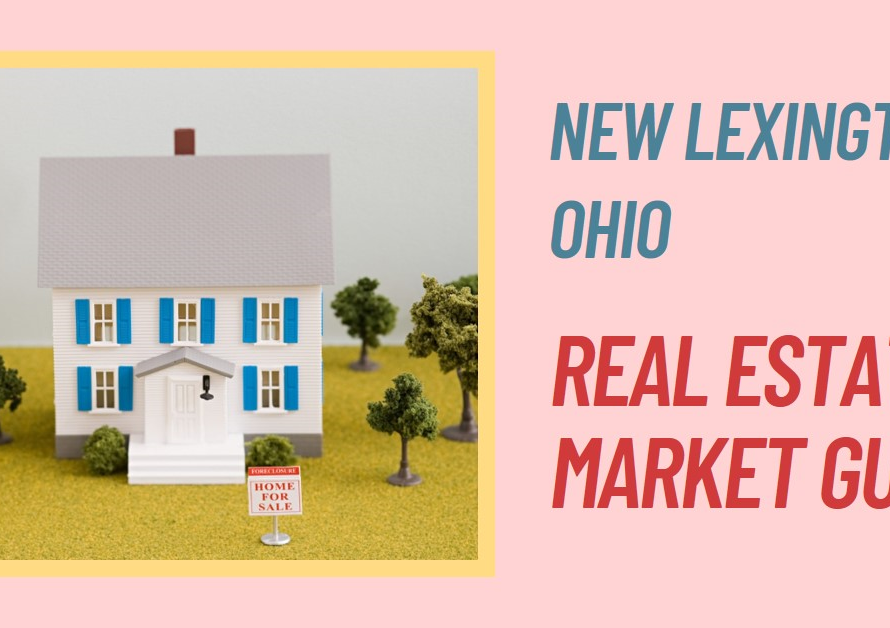
Table of Contents
Building resilient homes in sunny climates requires a blend of innovative design, sustainable materials, and strategic planning to mitigate the challenges posed by intense sunlight, high temperatures, and potential climate-related risks. Drawing insights from sun-ready regions across the globe, this guide explores valuable lessons and best practices for homeowners, architects, and builders seeking to create durable, energy-efficient, and comfortable homes that thrive under the sun’s relentless rays.
1. Climate Analysis and Site Orientation: Maximizing Solar Benefits (Resilient Home)
Before breaking ground, conduct a thorough climate analysis of your region to understand seasonal variations, solar exposure patterns, prevailing winds, and potential climate-related risks such as heatwaves, wildfires, or extreme storms. Utilize this data to inform site orientation decisions, optimizing your home’s layout to harness solar benefits while minimizing heat gain and exposure to harsh elements. Orient living spaces, windows, and outdoor areas strategically to capture natural light, passive solar heat in winter, and cross ventilation for cooling breezes in summer, enhancing indoor comfort and energy efficiency year-round.
2. High-Performance Building Envelope: Shielding Against Solar Heat Gain
Invest in a high-performance building envelope comprising advanced insulation materials, reflective roofing, low-E windows, and efficient air sealing techniques to reduce solar heat gain, thermal transfer, and energy consumption. Choose reflective roofing materials such as metal, tile, or cool roof coatings that deflect sunlight, reduce roof temperatures, and lessen HVAC workload during hot months. Opt for low-E (low-emissivity) windows with UV-blocking coatings and insulated frames to minimize heat transfer while allowing natural light, views, and daylighting benefits indoors. Implement air sealing measures, weatherstripping, and proper insulation in walls, floors, and attics to create a tight thermal envelope that maintains interior comfort and reduces reliance on mechanical cooling systems.
3. Passive Cooling Strategies: Harnessing Nature’s Cooling Elements
Integrate passive cooling strategies into your home design to complement active cooling systems and reduce energy consumption during warmer months. Design features such as shading devices, overhangs, awnings, and pergolas to block direct sunlight from entering windows and overheating interiors, especially on west and east-facing facades. Incorporate natural ventilation strategies such as operable windows, louvers, and clerestory openings that promote cross ventilation, cool breezes, and indoor air circulation for natural cooling without mechanical intervention. Explore thermal mass materials like concrete floors, adobe walls, or masonry elements that absorb excess heat during the day and release it gradually at night, stabilizing indoor temperatures and enhancing comfort without additional energy input.
4. Sustainable Materials and Finishes: Durability with Eco-Consciousness
Select sustainable building materials, finishes, and construction practices that prioritize durability, energy efficiency, and environmental stewardship in sunny climates. Choose exterior cladding materials with high solar reflectance index (SRI) values, such as light-colored paints, stucco, or composite panels, that reduce heat absorption and minimize heat island effects around your home. Opt for energy-efficient appliances, LED lighting fixtures, and smart home systems that optimize energy usage, reduce heat generation, and enhance overall home performance while lowering utility costs and carbon footprint. Incorporate landscaping strategies such as native drought-tolerant plants, permeable hardscaping materials, and rainwater harvesting systems that conserve water, mitigate heat stress, and promote biodiversity in outdoor spaces.
5. Resilient Design Principles: Mitigating Climate Risks and Enhancing Safety
Integrate resilient design principles and technologies into your home’s structure, systems, and landscaping to mitigate climate-related risks such as heatwaves, wildfires, hurricanes, or flooding common in sunny climates. Consider impact-resistant roofing materials, fire-resistant siding, tempered glass windows, and reinforced structural elements that withstand extreme weather events and enhance occupant safety. Install efficient rainwater management systems, flood barriers, and proper drainage solutions to prevent water intrusion, erosion, and moisture-related issues that can compromise building integrity and indoor air quality over time. Collaborate with local architects, engineers, and building officials familiar with regional climate challenges and building codes to ensure compliance, resilience, and long-term sustainability of your home.
6. Solar Energy Solutions: Harnessing Renewable Power
Harness the abundant sunlight in sunny climates by integrating solar energy solutions such as photovoltaic (PV) panels, solar water heaters, or solar shading systems into your home design. Conduct a solar site assessment to identify optimal locations for solar panel installation, considering roof orientation, shading obstructions, and local solar exposure patterns for maximum energy production. Work with reputable solar installers to design a custom solar PV system that meets your energy needs, offsets utility costs, and qualifies for available incentives, tax credits, or rebates for renewable energy investments. Explore solar-powered outdoor lighting, irrigation systems, and pool heating options to further reduce energy dependence and enhance sustainability in your outdoor living spaces.
7. Smart Home Technologies: Efficiency, Comfort, and Connectivity
Embrace smart home technologies and automation systems that optimize energy efficiency, indoor comfort, and connectivity in your sun-ready home. Install programmable thermostats, smart HVAC controls, and energy monitoring devices that regulate temperature settings, adjust cooling schedules, and track energy consumption for cost savings and environmental awareness. Integrate smart shading systems, motorized awnings, or exterior shutters that respond to sunlight intensity, weather conditions, or occupancy patterns to optimize natural light, shading, and indoor climate control. Implement smart home security features, remote monitoring, and alerts for climate-related events such as heatwaves, wildfires, or storms, enhancing safety preparedness and peace of mind for homeowners.
8. Outdoor Living Spaces: Comfort, Entertainment, and Natural Connection
Design inviting and functional outdoor living spaces that extend your home’s footprint, encourage outdoor activities, and foster a strong connection with nature in sunny climates. Create shaded patios, decks, or outdoor kitchens equipped with cooling amenities, comfortable seating, and entertainment systems that invite relaxation, dining, and social gatherings year-round. Install energy-efficient outdoor fans, misting systems, or cooling pools/water features that provide relief from heat during hot days, enhancing outdoor comfort and enjoyment for family and guests. Incorporate landscaping elements such as shade trees, pergolas, vertical gardens, or living green walls that add beauty, privacy, and natural cooling benefits to your outdoor living environments.
9. Maintenance and Adaptation: Preserving Resilience Over Time
Regular maintenance, monitoring, and adaptation strategies are essential for preserving the resilience and performance of your sun-ready home over time in changing climates. Schedule seasonal HVAC inspections, roof inspections, and energy audits to ensure optimal system performance, indoor comfort, and energy efficiency year-round. Monitor outdoor landscaping, irrigation systems, and water management practices to conserve water, maintain plant health, and prevent erosion or water-related damage to your property. Stay informed about emerging technologies, climate trends, and sustainable practices for home resilience, considering periodic upgrades, retrofits, or adaptations that enhance energy performance, safety, and environmental sustainability in your sun-ready home.
10. Community Engagement and Education: Sharing Knowledge and Sustainability


Engage with your local community, neighborhood associations, and sustainability initiatives to share knowledge, best practices, and experiences related to building resilient homes in sunny climates. Participate in workshops, green building events, or neighborhood tours showcasing sustainable homes, renewable energy solutions, and climate-resilient design strategies to inspire and educate fellow homeowners, builders, and policymakers. Collaborate with local experts, environmental organizations, and educational institutions to promote sustainable living, climate resilience, and community-wide initiatives that address climate challenges, enhance quality of life, and foster a culture of environmental stewardship for generations to come.


